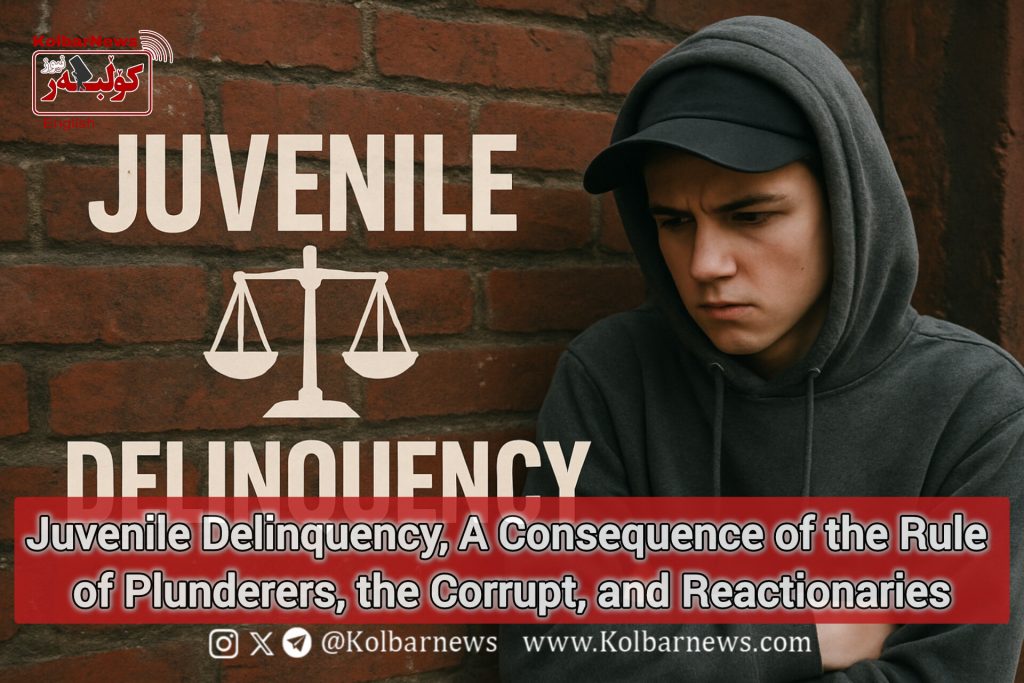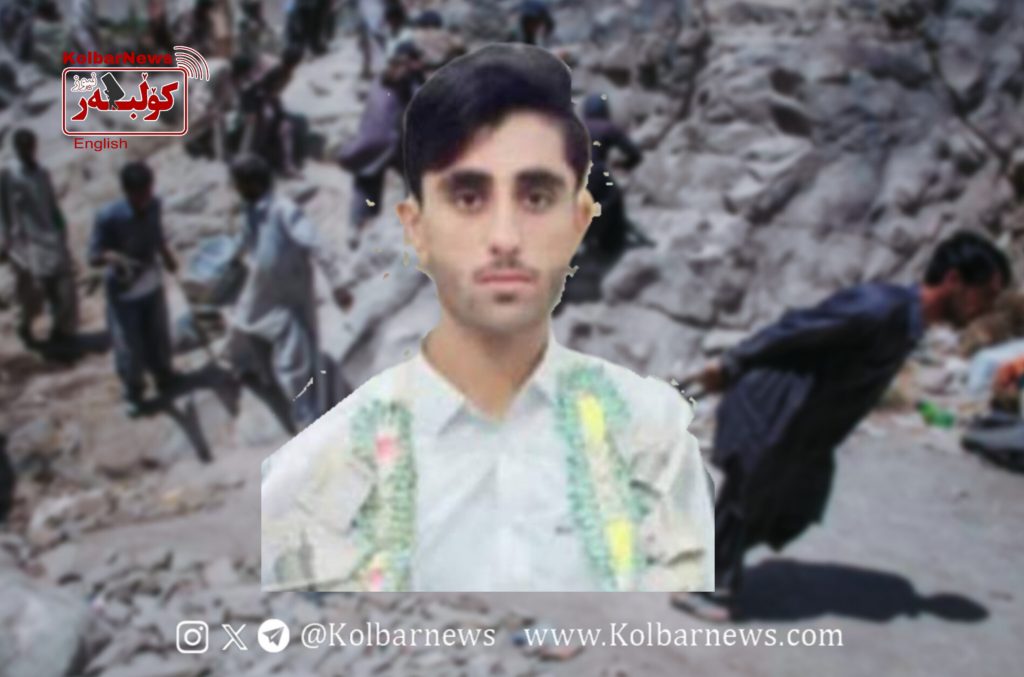
Saeed Rasti, Deputy Chief of Tehran’s Intelligence Police, has reported a worrying decrease in the age of criminal offenders in Iran. He stated that adolescents and young people are increasingly involved in crimes such as armed robbery, mugging, and violent confrontations. According to him, youth and even teenagers are more involved in acts of delinquency and violence than ever before, an issue that social experts also consider one of Iran’s most serious societal challenges. Unofficial statistics indicate a 100% increase in juvenile delinquency between the years 1402 and 1403 (2023–2025). The fact that in just one year, the number of victims of one of the country’s social harms has doubled reveals a broader rise in other social catastrophes.
A 100% increase in child delinquency, alongside figures on street children, runaway girls, addicts, beggars, and others, illustrates just a small part of the tragedy of life in today’s Iranian society. These are the same children who live, so to speak, in shanties on the margins of cities with their impoverished parents. These are the same children who find nothing to eat at home and pour into the streets to feed themselves sometimes through committing crimes. These are the weary children of the streets and labor. These are the same children who can no longer endure their addicted parents. These are children of divorce, children of poverty, victims of a cruel capitalist system and a dictatorial, religious regime.
But what happens to these children in prisons or so-called “correction and rehabilitation centers”? Are their wounded personalities, broken pride, and violated dignity being restored? Or are they treated simply as criminals who must pay for their offenses with deprivation and captivity? Some of these juvenile offenders are imprisoned under the label of “rehabilitation” in institutions called “Correction and Education Centers” and are viewed as youthful criminals waiting to reach legal age so their full punishment can be handed down. But why are these unfortunate ones held in captivity in the first place? Why are they imprisoned? Is there truly no other way to achieve real rehabilitation? Do advanced societies treat such children in this way?
Has this regime, after 46 years in power and running dozens of such institutions, managed to reduce juvenile crime even by one percent? If these centers are effective, why has child delinquency doubled in just one year? Will the hungry child who snatched a purse or picked a pocket a year ago and is still imprisoned, return to society no longer hungry? Will the child caught in the drug mafia’s grip and now incarcerated in a state-run rehabilitation center be safe from the mafia’s reach when released?
What about the child who, due to a shattered family, became homeless and committed a crime when he returns to society after time in a center, who will open a door for him, who will shelter him? What about the runaway girl who sold her body just to survive, can she truly be “reformed” in these centers? Will society accept her? Is there even a job for her? Are there any special care centers for children in these institutions who have neither family, nor shelter, nor safety, nor home?
What guarantee is there that an orphaned child tossed to the streets sleeping and surviving there, becoming a delinquent just to eat won’t return to the same path after being released? What new trap awaits these so-called “offenders” after their sentence ends? How long will this vicious cycle continue?
Doesn’t the rise of such social harms in crisis-stricken Iran prove that this regime is incapable of resolving any social problem? Is the regime’s failure due to a lack of financial resources, or is it because there’s no will to solve these issues and no effort to eliminate them? Is there any hope for improving our children’s conditions and securing their future except through the overthrow of this regime and the establishment of a new order one where the will of the masses prevails and conscious workers lead the way?

